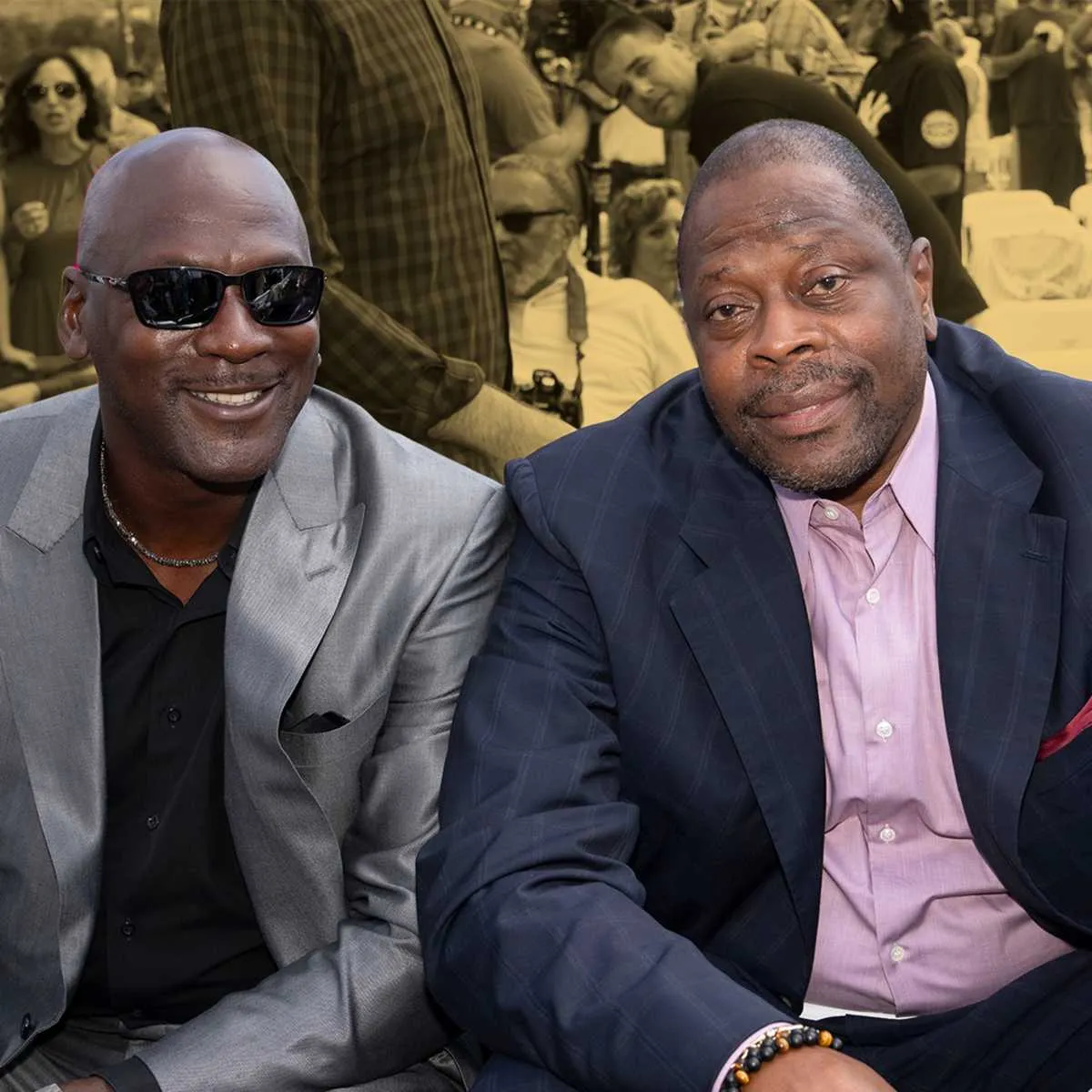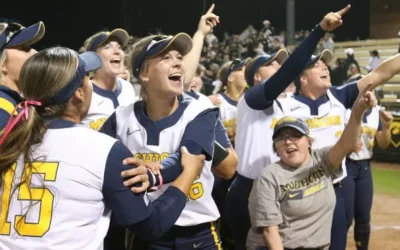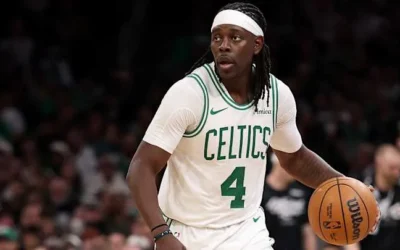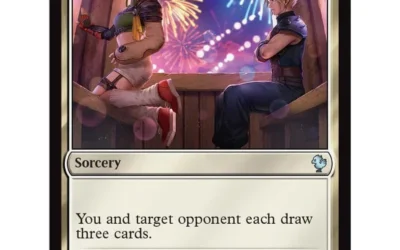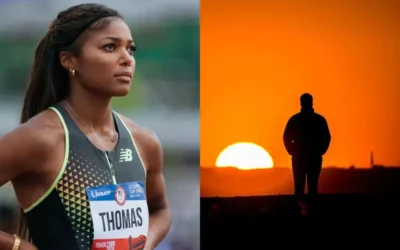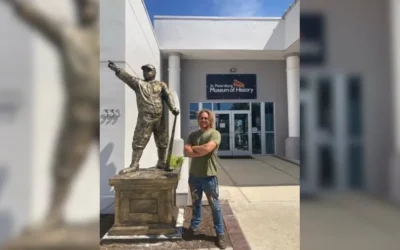Michael Jordan’s Competitive Fire: Patrick Ewing Reflects on Dream Team Dynamics
The legendary Patrick Ewing, a towering figure in basketball history, has often been associated with his incredible tenure with the New York Knicks and his subsequent involvement in NBA coaching. Recently, Ewing shared insights that have shed light on the often-untold tales of the infamous ‘Dream Team’ practices during the 1992 Barcelona Olympics, particularly focusing on how Michael Jordan approached competition. According to Ewing, Jordan was known for targeting fellow legends Larry Bird and Clyde Drexler, pushing the limits of competitive spirit among the best players in basketball.
Setting the Scene: The Dream Team
The 1992 NBA All-Star game brought forth what many call the greatest display of basketball talent ever compiled onto one team. The ‘Dream Team’ featured a constellation of stars including Michael Jordan, Magic Johnson, Larry Bird, and Ewing himself. The squad went on to dominate the Olympic competition, ultimately bringing home the gold medal and solidifying their legacy in the annals of sports history.
Ewing’s Revelations
In a recent interview, Ewing elaborated on the intensity of Dream Team practices, mentioning, “Michael had this way of challenging everyone. You could see he was not just playing to win, but to dominate.” This revelation rang true for not just Ewing but for the entire roster of elite players who were present. Ewing recounted how Jordan specifically focused on Bird and Drexler, saying, “All of us had to step back; it was like watching a master at work. The whole atmosphere shifted as Michael picked his spots and took aim at anyone he felt was still in the league’s upper echelon.”
The Drive to Compete
Jordan’s competitive nature has been well-documented over the years, but hearing Ewing recount the ways in which Jordan sought to elevate not only his own game, but those around him offers a new perspective. The intensity of practices was no ordinary session; they were often described as battlegrounds where legends clashed for supremacy. Ewing remarked on how Jordan’s approach wasn’t just about winning games—he was creating a culture of excellence and pushing his teammates to their absolute limits.
Bringing Out the Best
Patrick Ewing acknowledged the unique dynamic that came with playing alongside someone as driven as Michael Jordan: “There was pressure, but also motivation. Being around a player with that level of intensity forced you to elevate your game as well. We weren’t just playing for ourselves anymore; we were playing for each other and for the legacy of the Dream Team.”
Interaction with New Stars
The basketball world has also seen the rise of newer stars, like Jalen Brunson. Recently, a heartwarming moment between Patrick Ewing and Brunson went viral, showcasing the passing of knowledge and appreciation between generations. In a poignant post-practice interaction, Brunson expressed his admiration for Ewing, who remains a revered figure among Knicks fans and players alike. “Getting a moment with Patrick was surreal for me,” Brunson noted. “He’s a legend, and I just wanted to soak in anything he could teach me.” This sentiment reflects a broader narrative in sports where legacy and mentorship intersect.
Challenges of Legacy
The topic of legacy is a complicated one in sports, especially in the context of such a talent-rich era. Ewing commented on how tough it could be to measure greatness across different periods, noting, “We all have our place in history, but it’s challenging when you consider how the game has evolved. The skill sets are different, but the competitive spirit remains the same.” His experiences with Jordan, Bird, and Drexler helped shape his own approach to the game and his role as a mentor to younger players.
The Mythos of the Dream Team
The Dream Team is often romanticized in sports documentaries and narratives, but Ewing’s insights provide a realistic glimpse into what happened on the court during those sessions. While their eventual dominance in the Olympic Games was seismic, it’s the stories of their interactions off the court and in practice that have become integral to how we view these players today. “We were focused,” he explained, “but it wasn’t just about basketball. We were building relationships, and we all learned something from each other.”
The Parallels of Competition
As the landscape of the NBA shifts, with newer stars like Luka Dončić and Ja Morant making headlines, Ewing’s reflections prompt deeper questions about competition. What does it mean to be truly great in today’s NBA? Is it the ability to dominate like Jordan, or is it the capacity to uplift teammates, akin to what Ewing espoused during his playing days? Ewing urged, “The game continues to change, and these new players need to understand that it’s not just about the individual accolades but how you can empower those around you.”
The Legacy Continues
For Patrick Ewing, the dedication to basketball has morphed from personal glory to fostering the next generation. His experiences, especially those intertwined with legends like Michael Jordan, have indisputably shaped his views on competitive spirit and mentorship. Much like Jordan targeted Bird and Drexler to drive his competitive edge and sharpen his skills, Ewing emphasizes that players today must also have that drive combined with a responsibility to guide the next wave of talent.
Conclusion
As Patrick Ewing reflects on his storied career and minutes shared with Basketball Hall of Famers, he captures a fresh angle on what makes a player truly great. The competitive fire ignited during the Dream Team practices serves as both a lesson and a beacon to today’s players. It echoes that while individual prowess shines, the communal aspect of sportsmanship and mentorship lies at the heart of basketball. The essence of these experiences creates an intertwining narrative, ensuring that the legends of the past continue to resonate within the actions of today’s players.

